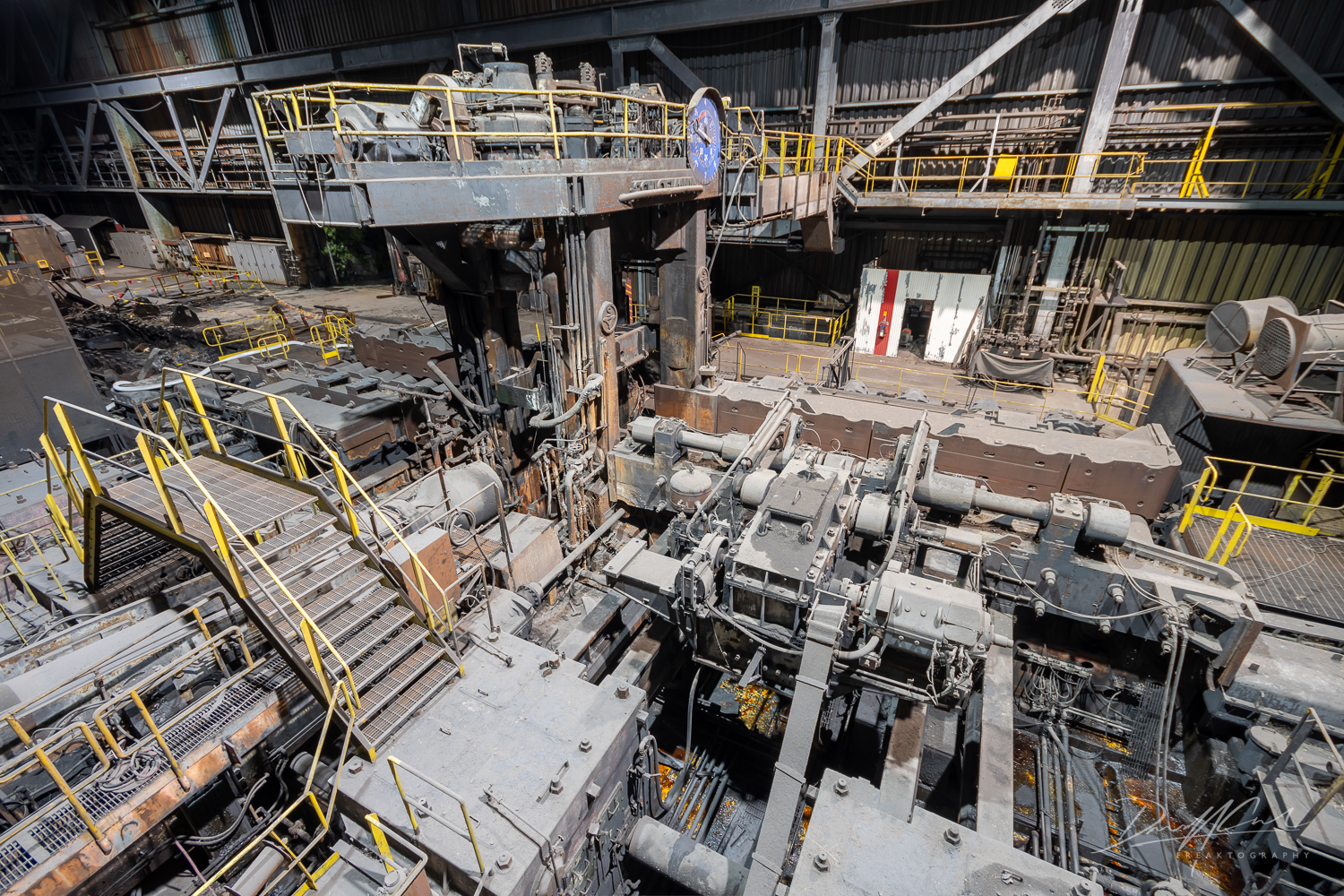This large industrial facility was once part of a massive steel production operation that was formed in June of 1910, Stelco Hamilton Number 3 Billet and Bloom
You Won't Believe This HUGE ABANDONED Steel Mill, Abandoned Over 10 Years [4K VIDEO]
This large industrial facility was once part of a massive steel production operation that was formed in June of 1910, Stelco Hamilton Number 3 Billet and Bloom
The Steel Company of Canada (later known as Stelco) was formed through the merger of several companies including Canada Screw Company, The Montreal Rolling Mills Company, The Dominion Wire Manufacturing Company, The Hamilton Steel and Iron Company and Canada Bolt and Nut Company
In the 1950s, Stelco’s steel capacity tripled to three million tons. The firm invested in a research and development department as the baby boom, immigration and consumer boom kept industries busy.
This specific facility, known as the #3 Bloom and Billet Mill was built in 1971 and saw full operations in 1972. The mill was built to provide billets for the #2 Rod Mill exclusively.
You may be asking the same thing as me – What is billet and bloom?
Billets have a square cross-section area whose area is less than 36 sq. Inches whereas the Blooms may come in both square and rectangular sections and whose area should always be more than 36 sq. Inches.
In the blooming mill, ingots and the continuously cast material from the melting plant are pre-rolled for the forging press and the billet mill. All rectangular (strip) and square (wire) billets, as well as some sizes of round bar for extrusion, are produced.
From 1972 through 2010, this facility was in service, employing hundreds of steelworkers to keep the wheels in motion.
In April of 2010 it was announced that this facility and another would be sold to a German-owned supplier of hot-rolled steel bar products, known as MANA.
When the bar and bloom mills were idled by U.S. Steel, they employed about 300 workers. When MANA took over in November 2010, they acquired 59 workers who were sold as part of the asset sales agreement and hired another 58 (54 retired members and 4 new electrical apprentices).
Immediately following the sale to MANA, workers were called back to work just a week AFTER having after been locked out by US Steel. Workers got the bar mill back up and running by the end of 2010, and they started up production after 2 years of inactivity.
In June 2011, MANA laid off 40 workers, and by September, a second wave of layoffs brought production to a halt. By November, 2011, a little over 20 workers were left.
For most of 2012, MANA reduced hours at the mills for the remaining workers to 32 hours per week, and things finally came to a head in December 2012 when the last of the layoffs came.
For several years this huge facility sat idle and abandoned as the future of the lands was debated.
In 2022, MANA and the Hamilton-Oshawa Port Authority signed a lease agreement that will see HOPA move forward with extensive property development plans at Hamilton Harbour.
Today, in 2024 this is the second site of a business called Hamilton Containers Company, a unique shipping service that allows for the direct handling of container cargo on the Hamilton Port lands.
Thanks to Mike Heinhold for assistance with the history and for joining me on this adventure!
https://www.instagram.com/mikeheinhold/
https://www.facebook.com/mikeheinhold905
